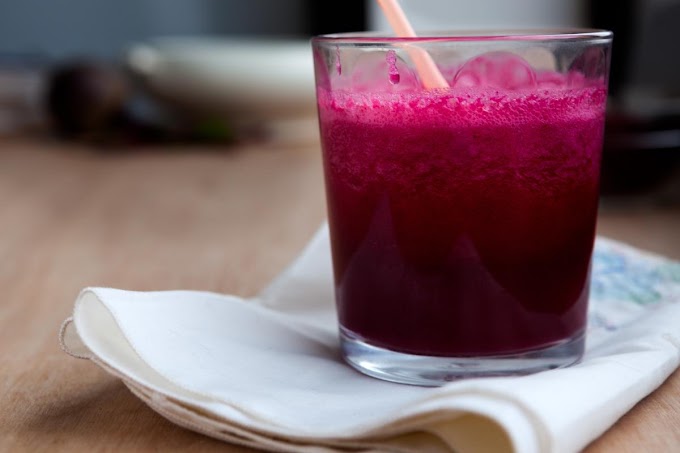Let’s get started!
Ingredients
Before diving into the recipe, it's important to gather all the necessary ingredients. This dish has two major components: the Japanese curry and the katsu. You can choose either pork or chicken for the katsu, depending on your preference.
For the Japanese Curry:
1 large onion: Finely chopped
2 large carrots: Peeled and sliced into rounds or chunks
2 medium potatoes: Peeled and cut into bite-sized chunks
500g beef, chicken, or pork (optional): Cubed, if you prefer a meatier curry
1 apple: Grated (preferably Fuji or another sweet apple)
2 tbsp vegetable oil
3 cups water
1 block Japanese curry roux: You can find this at most Asian supermarkets. Popular brands include Golden Curry, Vermont Curry, or Java Curry.
1 tbsp soy sauce
1 tbsp Worcestershire sauce
1 tbsp honey: This adds a touch of sweetness and balances the flavors.
1 tsp grated ginger (optional): Adds warmth to the curry.
For the Katsu (Breaded Pork or Chicken Cutlet):
4 pork chops or chicken breasts: Trimmed and pounded to an even thickness
Salt and pepper: To season the meat
1 cup all-purpose flour
2 large eggs: Lightly beaten
1 cup panko breadcrumbs: These are Japanese breadcrumbs, known for their light and crispy texture.
Vegetable oil: For frying
For Serving:
4 servings of steamed rice: Japanese short-grain rice is ideal for this dish, as it’s slightly sticky and pairs perfectly with the curry.
Pickled ginger (optional): For garnish.
Fukujinzuke (optional): These sweet-sour pickles are commonly served with Japanese curry and add a nice contrast to the dish.
Step-by-Step Instructions
Step 1: Make the Japanese Curry
1. Sauté the vegetables:
Heat 2 tablespoons of vegetable oil in a large pot over medium heat. Add the finely chopped onions and sauté until they turn translucent and golden brown. This process takes about 10 minutes but helps to bring out the sweetness in the onions, which forms the base of your curry flavor.
2. Cook the carrots and potatoes:
Once the onions are ready, add the sliced carrots and potato chunks. Sauté the vegetables together for a few minutes until they are lightly browned. If you’re adding meat (like cubed chicken, beef, or pork), you can brown it at this stage as well.
3. Add water and cook:
Pour in 3 cups of water, ensuring that the vegetables (and meat, if using) are fully submerged. Bring the mixture to a boil, then reduce the heat to low and simmer for about 15-20 minutes, or until the vegetables are tender.
4. Add the curry roux:
Once the vegetables are soft, break the Japanese curry roux into small pieces and stir it into the pot. The roux will dissolve, thickening the liquid and creating a smooth, rich curry. Stir continuously until the roux is fully incorporated.
5. Adjust the flavors:
Grate the apple directly into the curry to add natural sweetness and balance the savory notes. Then, add the soy sauce, Worcestershire sauce, honey, and ginger (if using). Taste the curry and adjust the seasoning as needed. Simmer for an additional 5-10 minutes, stirring occasionally, until the sauce has thickened to your desired consistency.
Step 2: Prepare the Katsu (Pork or Chicken Cutlet)
1. Prepare the cutlets:
If you’re using pork chops, trim off any excess fat and pound them with a meat mallet to ensure they cook evenly. For chicken katsu, butterfly the chicken breasts or pound them flat to an even thickness. Season both sides of the meat with salt and pepper.
2. Bread the cutlets:
Set up a breading station with three shallow bowls. In the first bowl, place the flour. In the second, lightly beat the eggs. In the third, place the panko breadcrumbs. Coat each piece of meat first in the flour, shaking off any excess, then dip it into the beaten eggs, and finally coat it in the panko breadcrumbs, pressing the breadcrumbs onto the meat to ensure an even coating.
3. Fry the cutlets:
Heat about 1/4 inch of vegetable oil in a large frying pan over medium heat. Once the oil is hot (you can test by dropping in a breadcrumb—it should sizzle immediately), carefully lay the breaded cutlets in the pan. Fry for about 3-4 minutes on each side, or until the outside is golden brown and crispy, and the inside is cooked through. Transfer the katsu to a paper towel-lined plate to drain any excess oil.
Step 3: Assemble and Serve
1. Slice the katsu:
Once the katsu has rested for a minute or two, slice it into strips. This makes it easier to eat and ensures that the crispy coating stays intact.
2. Serve the rice and curry:
Scoop a generous portion of steamed rice onto each plate. Ladle the Japanese curry over the rice, being careful not to drown it (some prefer more curry sauce, while others like a balance between rice and curry).
3. Add the katsu:
Lay the sliced katsu on top of the curry or beside the rice, depending on your presentation style.
4. Garnish and enjoy:
For added authenticity, serve with pickled ginger or Fukujinzuke on the side. These accompaniments help cut through the richness of the curry and add a refreshing tang.
Tips for Perfect Katsu Curry
Choose the right curry roux: The flavor of your curry will largely depend on the type of curry roux you choose. Golden Curry is mild and sweet, Vermont Curry adds a touch of apple sweetness, while Java Curry has a spicier kick. Experiment to find the one that suits your palate.
Crispy katsu secrets: Panko breadcrumbs are key to achieving a light, crispy coating. Make sure your oil is hot enough before frying, and avoid overcrowding the pan to maintain a crisp texture.
Meal prep: Japanese curry tastes even better the next day, making it a great dish for meal prep. The katsu is best eaten fresh, but you can make the curry in advance and fry the katsu just before serving.
Conclusion
Japanese curry rice with katsu is a hearty, delicious, and satisfying meal that combines the best of savory Japanese flavors. Whether you’re cooking for a family dinner or treating yourself to a comforting meal, this recipe is sure to impress. The rich curry, paired with the crispy katsu and soft rice, creates a delightful contrast of textures and flavors. Best of all, it’s simple enough to make at home with a few key ingredients.
So, why not give it a try? Once you’ve tasted the homemade version of this classic dish, you’ll never want to go back to takeout!








Social Plugin